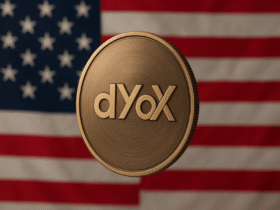During the recent election day in Argentina, the so-called “crypto dollar” fell by more than 9% in just 24 hours. The provinces with the greatest movement were Buenos Aires, Santa Fe and Córdoba, where the most intense purchasing movements were recorded.
The tether stablecoin (USDT) concentrated a large part of the transactions on the Lemon cryptocurrency exchange, representing 87.4% of the total. The firm published this data on the social network X.
Regarding the behavior by region, some provinces registered predominance of sales, such as Chubut, Santa Cruz, Tierra del Fuego, Río Negro, Neuquén, Mendoza, San Luis, Jujuy and Formosa.
On the contrary, Buenos Aires, La Pampa, Entre Ríos, Santa Fe, Córdoba, Catamarca, La Rioja, San Juan, Salta, Corrientes and Misiones stood out for a greater volume of purchases, reflecting different strategies of local investors.
At 6:00 p.m. (ART) election day closed and the counting of votes began. According to data According to Lemon, at that time the “crypto dollar” registered an average price of 1,557.50 dollars (USD), with 58% of the trading volume corresponding to purchases.
In addition, a record was broken on the platform: it was the hour with the highest acquisition activity in Lemon’s history, reflecting the intense investor activity at the end of the legislative elections.


In these elections, The La Libertad Avanza party, led by President Javier Milei, won a resounding victory both at the national level and in strategic districts. As reported by CriptoNoticias, with more than 40% of the votes in deputies and senators, the president’s political space is positioned in a favorable situation to promote his reforms as of December 10, as long as he reaches agreements with related political forces.
The behavior of the “crypto dollar” during the elections shows how digital markets can react quickly to political events, especially in the provinces with the highest volume of transactions. In this case, Buenos Aires, Santa Fe and Córdoba function as key indicators.






Leave a Reply